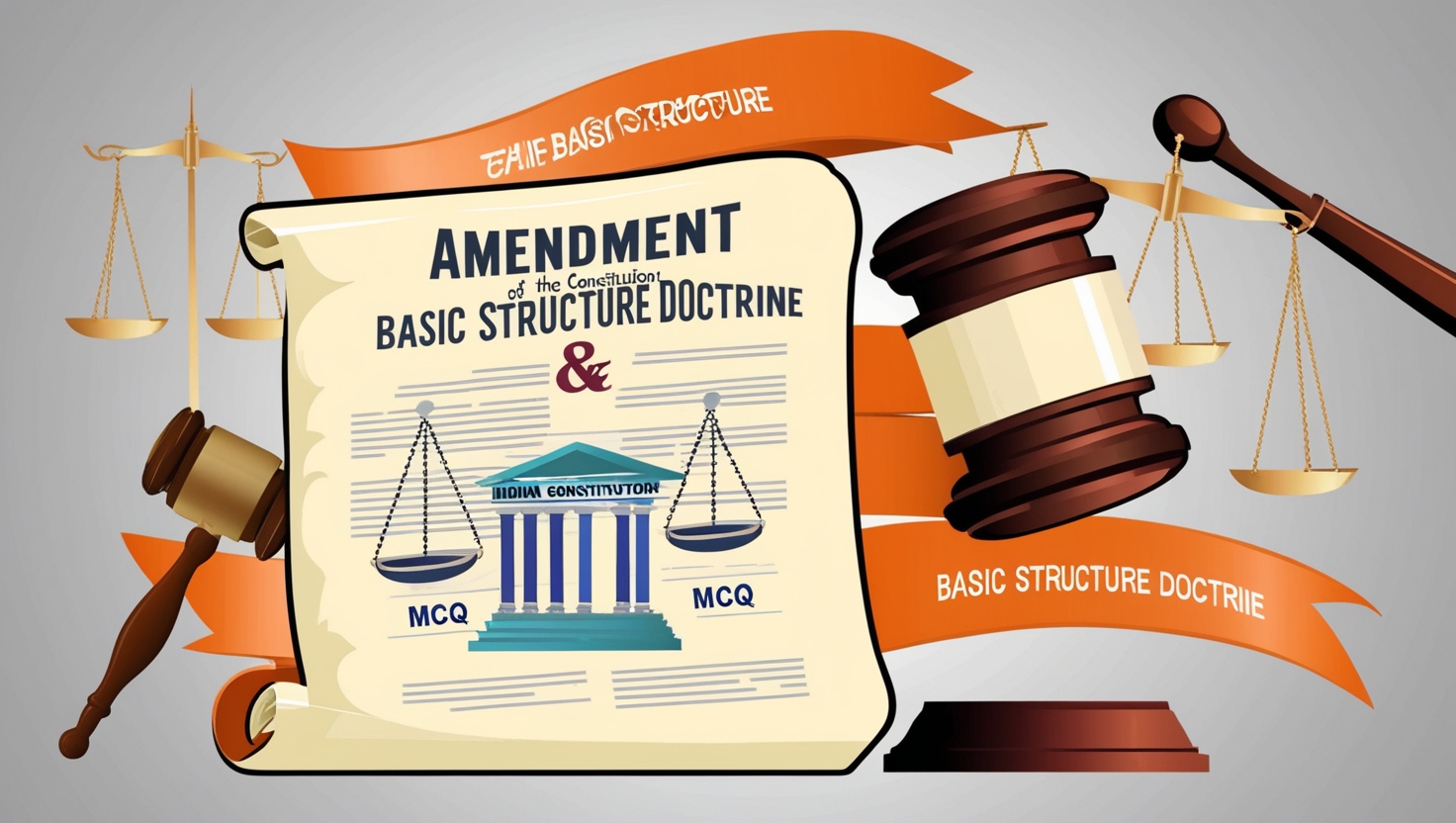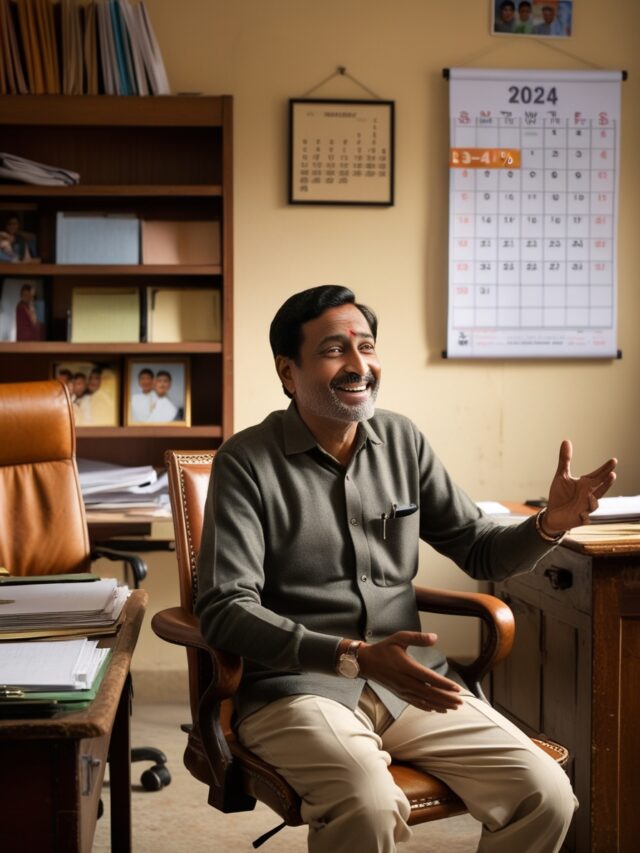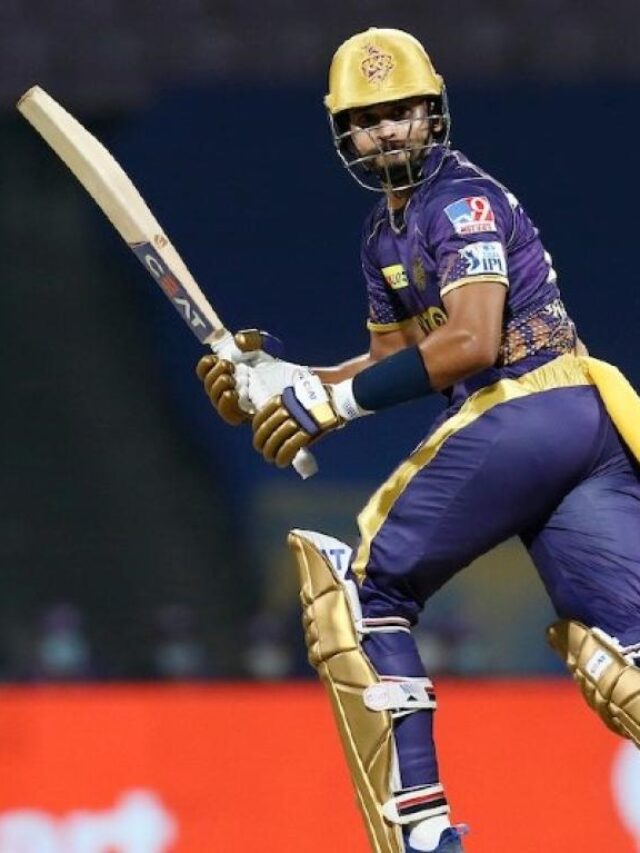
1. Which part of the Indian Constitution deals with its amendment?
- Part XX
- Part VIII
- Part XIII
- Part XIX
Show Answer
Answer: Part XX
Part XX of the Constitution of India has only one article, Article 368, that deals with the amendment of the Constitution
2. The amendment of the constitution can be initiated in which of the following?
1. Lok Sabha
2. Rajya Sabha
3. State Legislature
Choose the right option
- Only 1
- Only 1 and 2
- Only 1 and 3
- Only 1, 2, and 3
Show Answer
Answer: Only 1 and 2
Constitutional Amendment bills can be introduced in either house of Parliament in India, which includes both the Rajya Sabha (Council of States) and the Lok Sabha (House of the People). This provides flexibility in initiating amendments.
3. Under Article 368, the Indian Constitution provides methods of Amendment of different portions of the constitution?
- 1
- 2
- 3
- 4
Show Answer
Answer: 3
The three methods of amendment of the constitution are as follows: By Simple Majority of Parliament: Some changes such as admission, formation of new states, and making changes to territorial boundaries of the states, abolition and creation of legislative councils, etc., can be done like any other ordinary law by a simple majority. By Special Majority of the Parliament: Most of the provisions of the constitution need to be amended by a special majority, i.e., majority of more than 50% of total membership and 2/3rd members present and voting. Some of the amendments included in it are Fundamental Rights, Directive Principles, etc. By Special Majority of the Parliament and Ratification by half of the State Legislatures: There are a few provisions in which the interest of the states and federal features of the constitution may be involved. Such bills first need to be passed in both houses of the parliament and then need to secure ratification by half of the state legislatures. Examples include those related to Centre-State Relations, Election of the President, etc.
4. Which among the following is true regarding amendments of the constitution with provisions which affect the federal character of the constitution?
- They can be amended by a simple majority
- They can be amended by a 2/3 majority of both the houses of parliament
- They can be amended by not only a 2/3 majority of the parliament but also ratification by at least 1/2 of the states
- All are correct
Show Answer
Answer: They can be amended by not only a 2/3 majority of the parliament but also ratification by at least 1/2 of the states
The amendments which affect the federal character of the constitution need to be passed by a special majority of the parliament and also need ratification by half of the State Legislatures.
5. Who among the following reserves the right to initiate the Constitutional Amendment?
- Supreme Court of India
- Parliament of India
- President of India
- Union council of ministers
Show Answer
Answer: Parliament of India
Constitutional Amendment can be initiated in any house of the parliament, i.e., Rajya Sabha or Lok Sabha.
6. In which case, the Supreme court held that any Constitutional amendment that takes away or abridges a Fundamental Right conferred by Part III is void?
- SR Bommai Vs. Union of India, 1994
- Kesavananda Bharati Vs. State of Kerala (1973)
- Golaknath v. State of Punjab, 1967
- Minerva Mills v. Union of India, 1980
Show Answer
Answer: Golaknath v. State of Punjab, 1967
In Golaknath v. State of Punjab case, the Supreme Court held that an amendment of the Constitution is a legislative process, and that an amendment under article 368 is “law” within the meaning of article 13 of the Constitution and therefore, if an amendment “takes away or abridges” a Fundamental Right conferred by Part III, it is void.
7. Which among the following articles is specifically excluded from the purview of the procedure of amendment as prescribed in Article 368?
- Article 54
- Article 154
- Article 169
- Article 214
Show Answer
Answer: Article 169
Article 169 provides for the abolition or creation of the legislative councils in states. Any creation or abolition of the legislative council in the state will need an amendment of the constitution but it will be of the first category (not deemed to be an amendment under article 368) and to be passed by a simple majority.
8. From which constitution, India has borrowed the provisions related to the amendment Constitution?
- Weimar Republic of Germany
- South Africa
- Ireland
- Canada
Show Answer
Answer: South Africa
Indian Constitution has borrowed two features viz. procedure for amendment of the Constitution and election of members of Rajya Sabha from the South African Constitution.
9. Which of the following parts/provisions of the Indian Constitution cannot be amended?
- Preamble to the Constitution
- Directive Principles of State Policy
- Fundamental Rights
- Judicial Review
Show Answer
Answer: Judicial Review
Judicial Review forms a part of the basic structure of the Constitution which cannot be altered by the amendment procedure.
10. A Constitution Amendment Bill has also provisions pertaining to the imposition, abolition, remission, alteration, or regulation of a tax. Which of the following statements would hold correct for such a bill?
- This bill will need prior approval of the president to get introduced
- This bill can originate only in Lok Sabha
- This bill can originate only in Rajya Sabha
- This bill can originate in either Rajya Sabha or Lok Sabha
Show Answer
Answer: This bill can originate in either Rajya Sabha or Lok Sabha
It is essential to recognize that any constitutional amendment bill, even if all its provisions align with Article 110(1) of the Constitution regarding Money Bills, is not treated as a Money Bill. This is because amendments are governed by Article 368, which supersedes the provisions regarding Money Bills. Consequently, a constitutional amendment bill can originate in either house of Parliament.
Q11: Which of the following statements is incorrect about a Constitutional Amendment Bill?
1. President can withhold his assent to the bill but cannot return the bill for reconsideration of the parliament
2. There is no provision for a joint sitting of the two Houses of parliament for the passage of the bill
3. A constitutional amendment bill sometimes requires being ratified by the state legislatures
4. A bill which seeks to amend the constitution does not require prior permission of the president to be introduced in the parliament
Show Answer
Answer: 1
Explanation: The first statement is incorrect because the president can neither withhold his assent to the bill nor return the bill for reconsideration of the Parliament. The third statement is correct because a constitutional amendment bill which seeks to amend the federal character of the constitution requires being ratified by the state legislatures.
Q12: In which house can the amendments to the Constitution of India be initiated?
1. Only in Lok Sabha
2. Only in Rajya Sabha
3. Only in State Legislative Assemblies
4. Either house of Parliament
Show Answer
Answer: 4
Explanation: The amendments to the Constitution of India can be initiated in either house of Parliament in India. It has been enumerated in Article 368(2) of the Constitution of India. The process of Constitutional Amendment has been taken from the Constitution of South Africa.
Q13: Which Part and Article deal with the amendment to the Constitution of India?
1. Part XX, Article 368
2. Part XXI, Article 369
3. Part XXII, Article 393
4. None of the above
Show Answer
Answer: 1
Explanation: The powers of Parliament to amend the Constitution and its procedure are enumerated in Article 368 in Part XX of the Constitution. It states that Parliament may amend by way of addition, variation, or repeal any provision of the Constitution in accordance with the procedure laid down for the purpose.
Q14: How much majority is required to amend federal provisions in the Constitution of India?
1. Simple majority of each house of Parliament
2. Special majority of each house of Parliament
3. One-fourth majority of each house of Parliament
4. Special majority of each house of Parliament plus ratification by half of the states with a simple majority
Show Answer
Answer: 4
Explanation: In India, if a bill seeks to amend the federal provisions of the Constitution, it must be passed by both houses of Parliament with a special majority. Additionally, it requires ratification by the legislatures of at least half of the states with a simple majority. This process is necessary to ensure that amendments affecting federal provisions or the interests of states are made with due consideration of their implications.
Q15: In which case did the Supreme Court for the first time limit the power of Parliament to amend the constitution?
1. Minerva Mills Vs. The Union of India
2. A.K. Gopalan Vs. The State of Madras
3. Golaknath Vs. The State of Punjab
4. Keshavananda Vs. The Union of India
Show Answer
Answer: 3
Explanation: The Supreme Court, for the first time in the year 1967, limited the power of Parliament to amend the Constitution of India. The judgement was related to the Golaknath Vs. State of Punjab case.
Q16: Which provisions cannot be amended by a simple majority?
1. Admission or establishment of new states
2. Abolition or creation of legislative councils in states
3. Directive Principles of State Policy
4. Sixth Schedule – administration of tribal areas
Show Answer
Answer: 3
Explanation: Article 368 provides for two types of amendments – (1) amendment by a simple majority and (2) amendment by special majority. The provisions which can be amended by a special majority are (i) Fundamental Rights; (ii) Directive Principles of State Policy.
Q17: Which of the following can be amended by a special majority of Parliament and consent of states?
1. Election of the President and its manner
2. Citizenship – acquisition and termination
3. Use of official language
4. Rules of procedure in Parliament
Show Answer
Answer: 1
Explanation: Election of the President and its manner is related to the federal structure of the polity and can be amended by a special majority of Parliament and also with the consent of half of the state legislatures by a simple majority.
Q18: In which case did the Supreme Court rule that Parliament cannot amend the basic features of the Constitution of India?
1. Minerva Mills Case
2. Golaknath Case
3. Keshvananda Bharti Case
4. LIC of India Case
Show Answer
Answer: 3
Explanation: Article 368 deals with the powers of Parliament to amend the Constitution and its procedure. In the Kesavananda Bharati case (1973), the Supreme Court ruled that Parliament cannot amend those provisions which form the ‘basic structure’ of the Constitution.
Q19: Which of the following statements are correct regarding the Constitutional Amendment Bill?
1. The President must give his assent to a Constitutional Amendment Bill.
2. In case of disagreement between two houses of Parliament, there is a provision for a joint sitting.
Choose the right option
1. Only 1
2. Only 2
3. Both 1 & 2
4. Neither 1 & 2
Show Answer
Answer: 4
Explanation: A Constitutional Amendment Bill must be passed by each house of Parliament separately. In case there is any disagreement between the two Houses, there is no provision for holding a joint sitting of the two Houses in the Constitution for the purpose of deliberation and passage of the bill.
Q20: Which amendment made it obligatory for the President to give his assent to a Constitutional Amendment Bill?
1. 21st Amendment
2. 24th Amendment
3. 29th Amendment
4. 31st Amendment
Show Answer
Answer: 2
Explanation: The 24th Constitutional Amendment Act of 1971 made it obligatory for the President to give his assent to a Constitutional Amendment Bill. He can neither withhold the assent nor return the bill for reconsideration.
Q21: In which case was the constitutional validity of the First Amendment Act questioned?
1. Shankari Prasad case
2. Kesavananda Bharati case
3. Indira Nehru Gandhi case
4. None of the above
Show Answer
Answer: 1
Explanation: The question of whether Fundamental Rights can be amended by Parliament came for consideration of the Supreme Court within a year of the Constitution coming into force. The constitutional validity of the First Amendment Act of 1951, which curtailed the right to property, was challenged in the Shankari Prasad case of 1951.
Q22: In which case did the Supreme Court lay down the doctrine of ‘Basic Structure’?
1. Indira Nehru Gandhi case
2. Minerva Mills case
3. Central Coal Fields Ltd. Case
4. Kesavananda Bharati case
Show Answer
Answer: 4
Explanation: In the Kesavananda Bharati case (1973), the Supreme Court laid down a new doctrine of the ‘basic structure’ (or ‘basic features’) of the Constitution. It ruled that the power of Parliament under Article 368 does not enable it to alter the ‘basic structure’ of the Constitution of India.
Q23: Which of the following are included in the basic structure of the Constitution of India?
1. Supremacy of the Constitution
2. Judicial Review
3. Principle of equality
4. Free and fair elections
Select the correct option from the codes given below:
1. Only 1 & 2
2. Only 1 & 3
3. Only 1, 2 & 3
4. All of the above
Show Answer
Answer: 4
Explanation: The Supreme Court is yet to define what constitutes the ‘basic structure’ of the Constitution. From the various judgments, the features mentioned above have emerged as ‘basic features’ of the Constitution of India.







